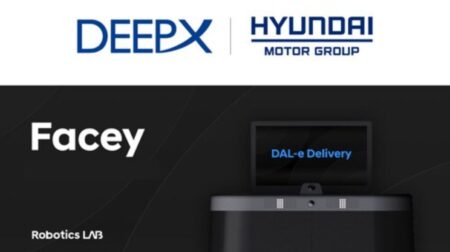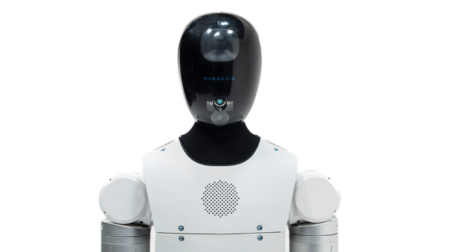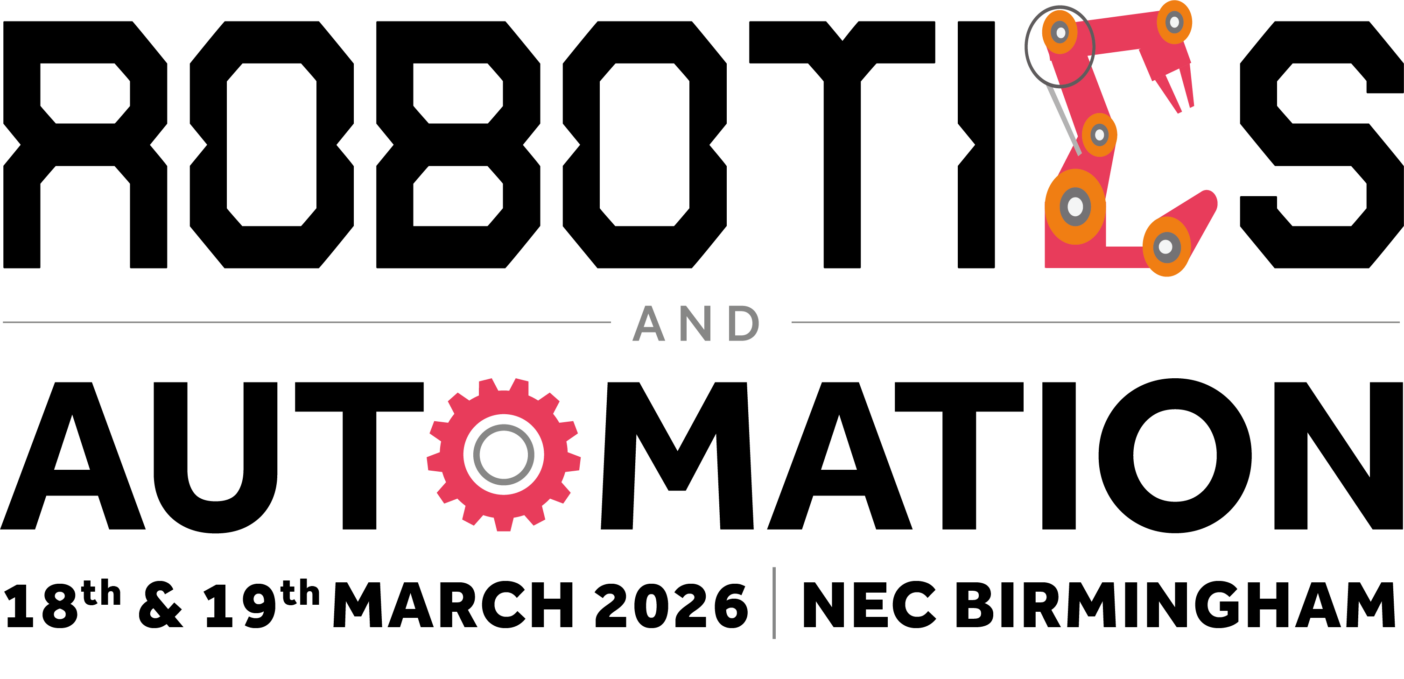NASA has announced that it is developing autonomous robots that can attach themselves to the underside of polar ice and measure the rate of ice shelf melt.
The IceNode project is being led by NASA’s Jet Propulsion Laboratory (JPL). Using their expertise in designing vehicles for the space environment, JPL engineers have developed robots about 2.4m long and 25cm in diameter.
The three-legged IceNode feature ‘landing gear’ that extends out from one end, attaching the robot to the underside of the ice without the need for onboard propulsion.
According to JPL, the robots use novel software that models ocean currents, allowing the vehicles to position themselves autonomously.
IceNode has been developed to investigate the ‘rounding zone’ where floating ice shelves, ocean and land meet.
According to NASA, the grounding zone is inaccessible to satellite measurement and can provide insight into the real rate of ice shelf melt.
If Antarctica’s ice sheet melts completely, it would reportedly raise global sea levels by an estimated 60m.
READ MORE: Drone to monitor impacts of climate change across Antarctica
“We’ve been pondering how to surmount these technological and logistical challenges for years, and we think we’ve found a way,” said Ian Fenty, a JPL climate scientist and IceNode’s science lead.
“The goal is getting data directly at the ice-ocean melting interface, beneath the ice shelf.”
The IceNode robots will be released from a borehole or a vessel in the open ocean, riding currents to arrive beneath the ice shelf where they will drop their ballast and rise to attach themselves to the bottom of the ice.
Sensors will then measure how fast warm, ocean water is circulating up to melt the ice, and how quickly colder, fresher meltwater is sinking.
After capturing data for up to a year, the robots will detach themselves from the ice, drift back to the open ocean, and transmit their data via satellite.
Following previous deployments in California’s Monterey Bay and below the frozen winter surface of Lake Superior, an IceNode robot was tested in Alaska’s Beaufort Sea in March 2024.
The first polar test run descended 100m into the ocean, gathering data on salinity, temperature, and flow data.
Innovations and achievements in extreme environments will be highlighted and celebrated at the second annual Robotics & Automation Awards on 06 November 2024 at De Vere Grand Connaught Rooms in London. Visit www.roboticsandautomationawards.co.uk to learn more about this unmissable industry event – and to book your table today!








